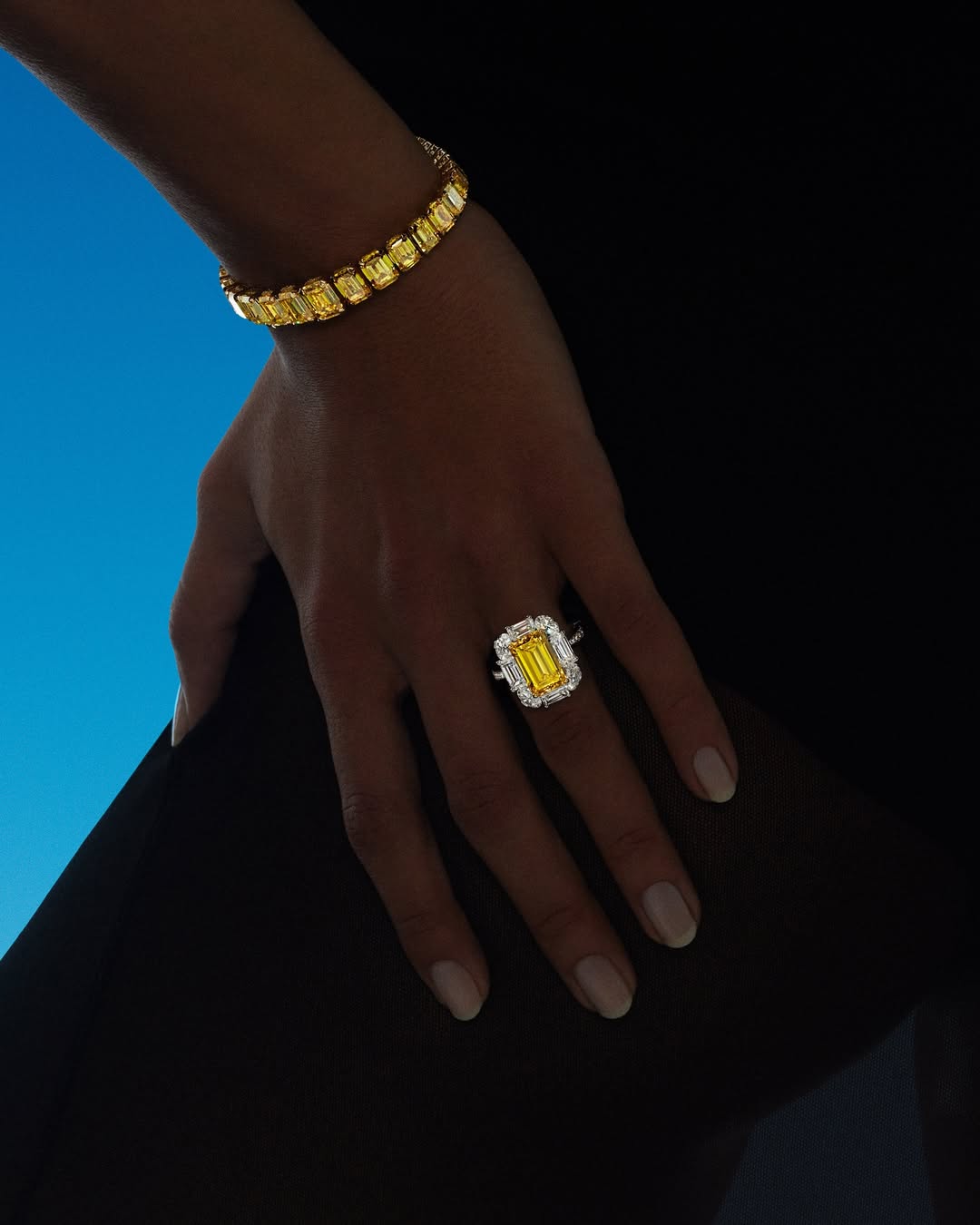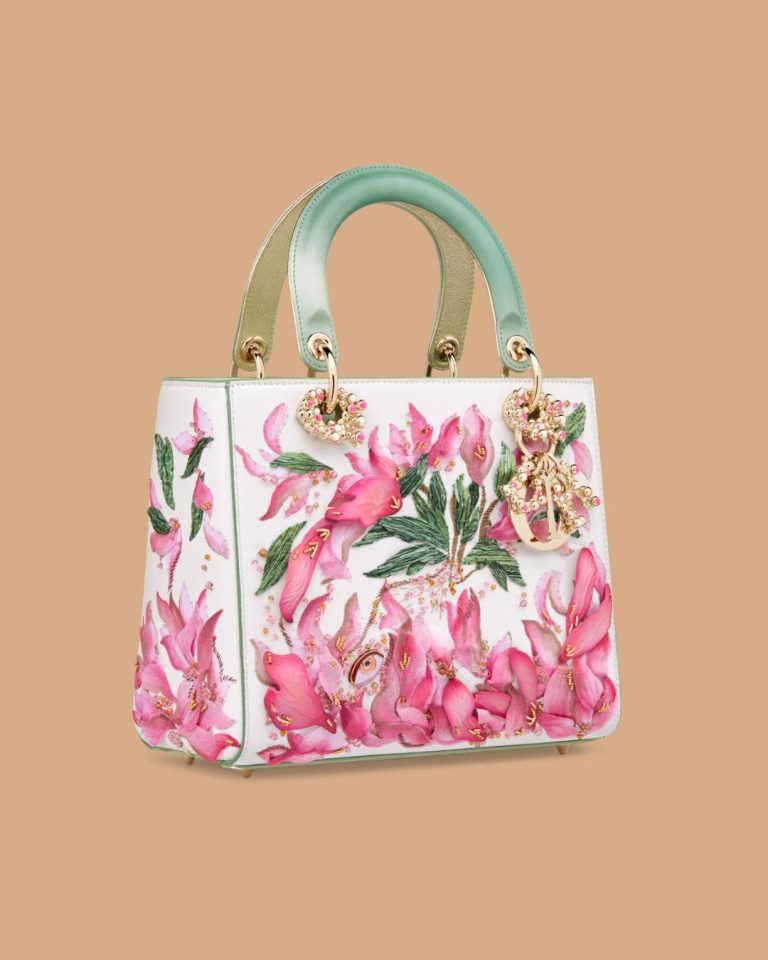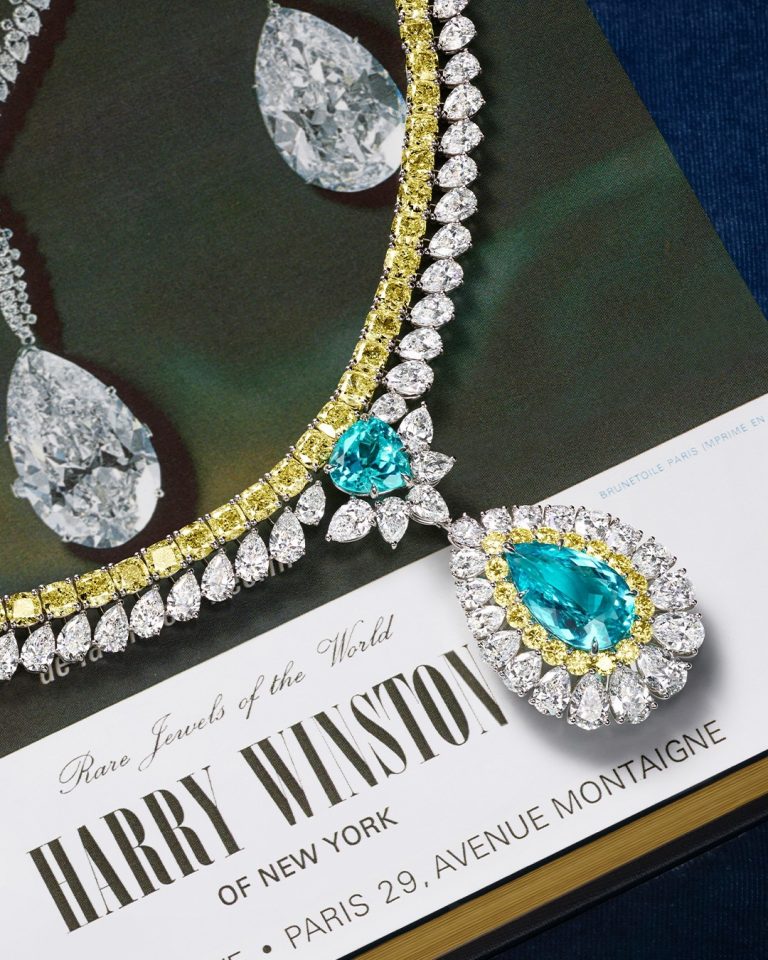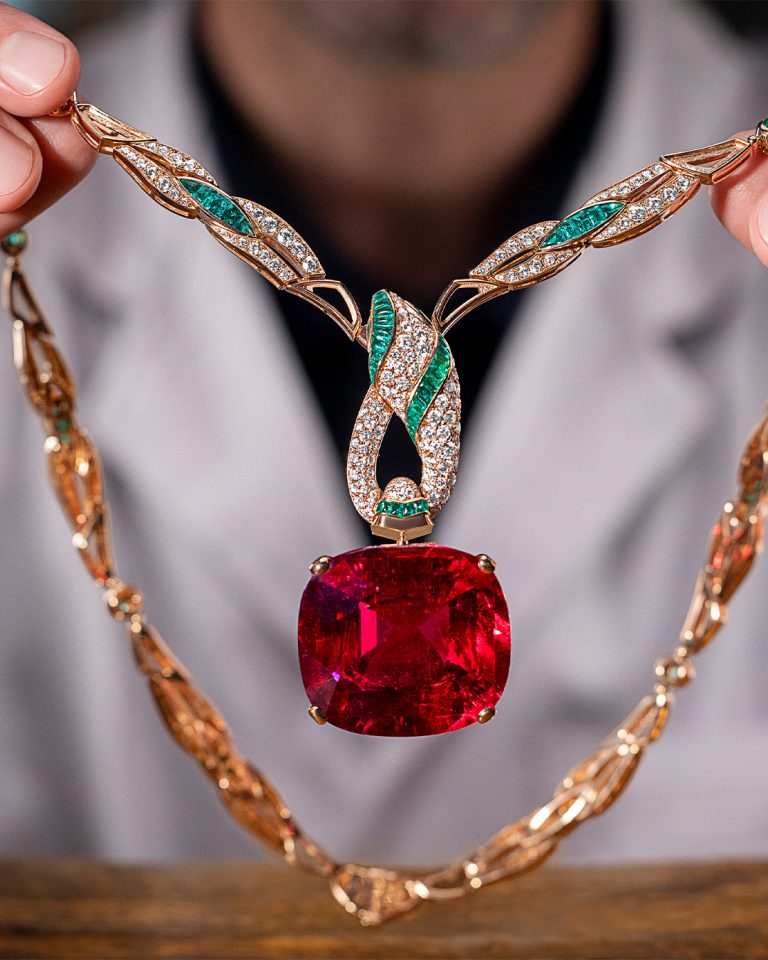There are few purchases in life as daunting—and as thrilling—as buying an engagement ring. This is not just about carats and clarity; it’s about choosing a symbol that will live on someone’s hand, in their photographs, and in their stories for decades to come. I still remember the first time I helped a friend pick out a ring—sweaty palms, endless questions, and a strange mix of excitement and terror. Was this diamond too small? Too big? Too shiny (is there such a thing)?
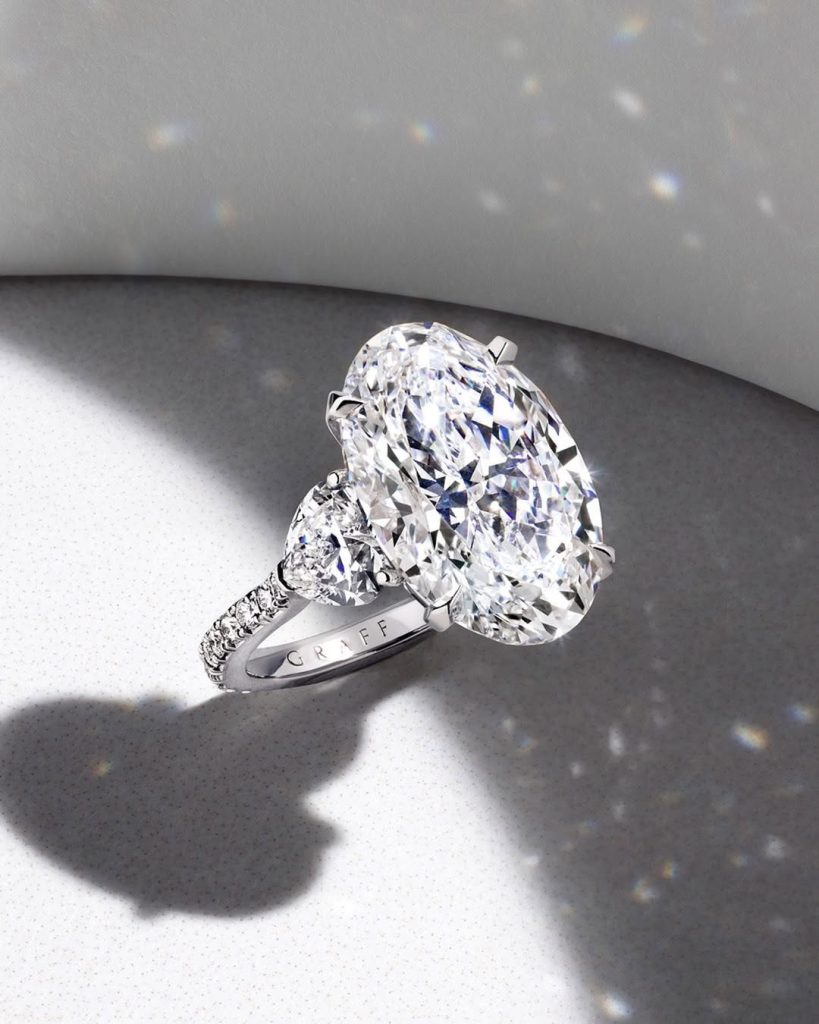
If you’re feeling the same way, take a deep breath. I’ve been down this road, and I can promise you it’s not as terrifying as it seems. In fact, it can be one of the most joyful adventures if you approach it with equal parts knowledge, curiosity, and heart. So let’s walk through it together—a buyer’s guide to choosing the perfect engagement ring, with all the fun and none of the stress. If you’ve been wondering how to choose an engagement ring, this is where we begin.
Step One: Know Your Partner (and Yourself)
Before we get lost in the alphabet soup of the 4Cs (we’ll get there, don’t worry), let’s talk about the person who’s actually going to wear this ring. Too many people rush straight to diamond specifications without pausing to think: what’s their style? Do they wear delicate jewelry or bold statement pieces? Are they the type to swoon over vintage finds, or do they prefer sleek, modern designs?
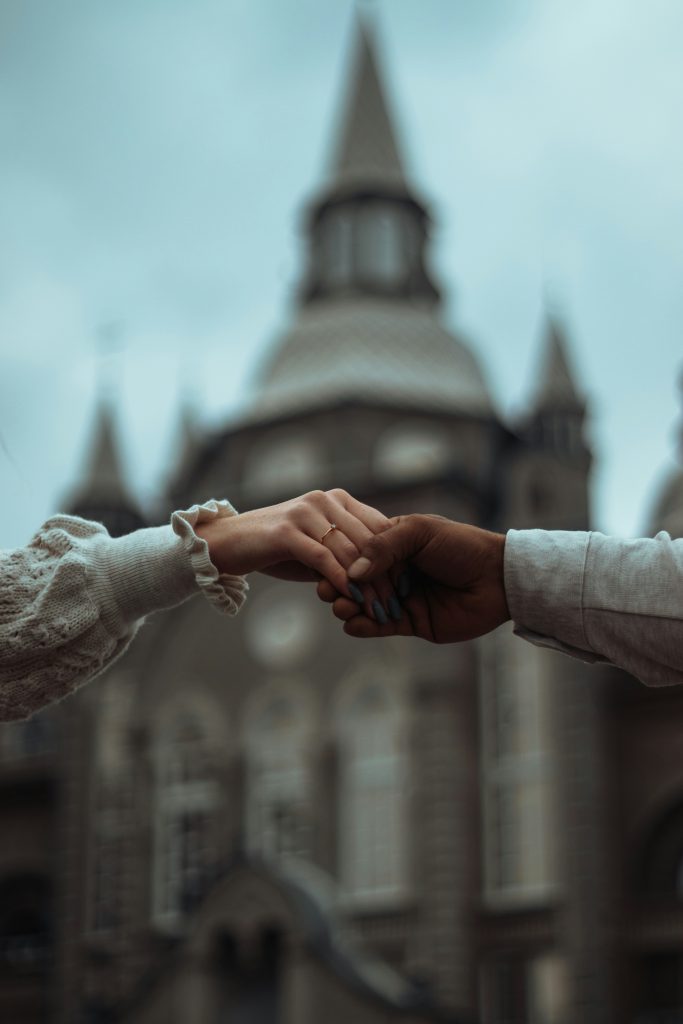
I’ll admit, when I first started helping people shop for rings, I was guilty of focusing more on sparkle than personality. But here’s the truth: the perfect engagement ring is not the “biggest” or “shiniest.” It’s the one that feels like it belongs to your partner’s hand, as if it’s always been there.
Pro tip: Take a sneak peek at their jewelry box. Notice whether they wear gold or silver tones, dainty chains, or chunky cuffs. You can also enlist a friend (with stealth) to suss out preferences. Trust me—getting this right is the foundation of how to choose an engagement ring that feels utterly personal.
Step Two: Understand the 4Cs—But Don’t Obsess
Ah yes, the 4Cs: cut, color, clarity, and carat weight. Jewelers will throw these at you like confetti, and for good reason—they are the universal language of diamonds. But let me be clear: they’re a guide, not a religion.
- Cut is king. A well-cut diamond will outshine everything else.
- Color ranges from D (colorless) to Z (yellow or brownish). Most people can’t tell the difference between a D and an F without a loupe.
- Clarity refers to internal flaws, or inclusions. “Eye clean” is usually good enough.
- Carat is about weight, not just size. A one-carat diamond can look larger or smaller depending on its cut.
When people ask me how to choose an engagement ring, I always say: yes, learn the 4Cs, but don’t let them rule you. At the end of the day, it’s the sparkle and emotion that matter most—not just the numbers on a grading report.
Step Three: Set a Budget (and Stick to It)
Let’s get real about money. You’ve probably heard the old rule about spending three months’ salary on a ring. Honestly? That was a marketing gimmick dreamed up by De Beers in the mid-20th century. Don’t let it dictate your choices.
Pick a budget that feels comfortable for you and your future together. Some of the happiest couples I know have modest rings paired with adventurous lives, while others went big on the diamond because it made them smile every day. Both are right.
The important part is not to go into debt for a ring. Love deserves celebration, not credit card stress. Learning how to choose an engagement ring also means learning how to choose one responsibly.
Step Four: Think Beyond Diamonds
This might shock traditionalists, but not every engagement ring needs to be a diamond. Some of the most jaw-droppingly beautiful rings I’ve seen featured colored gemstones: sapphires, emeralds, rubies, even spinels and tourmalines.
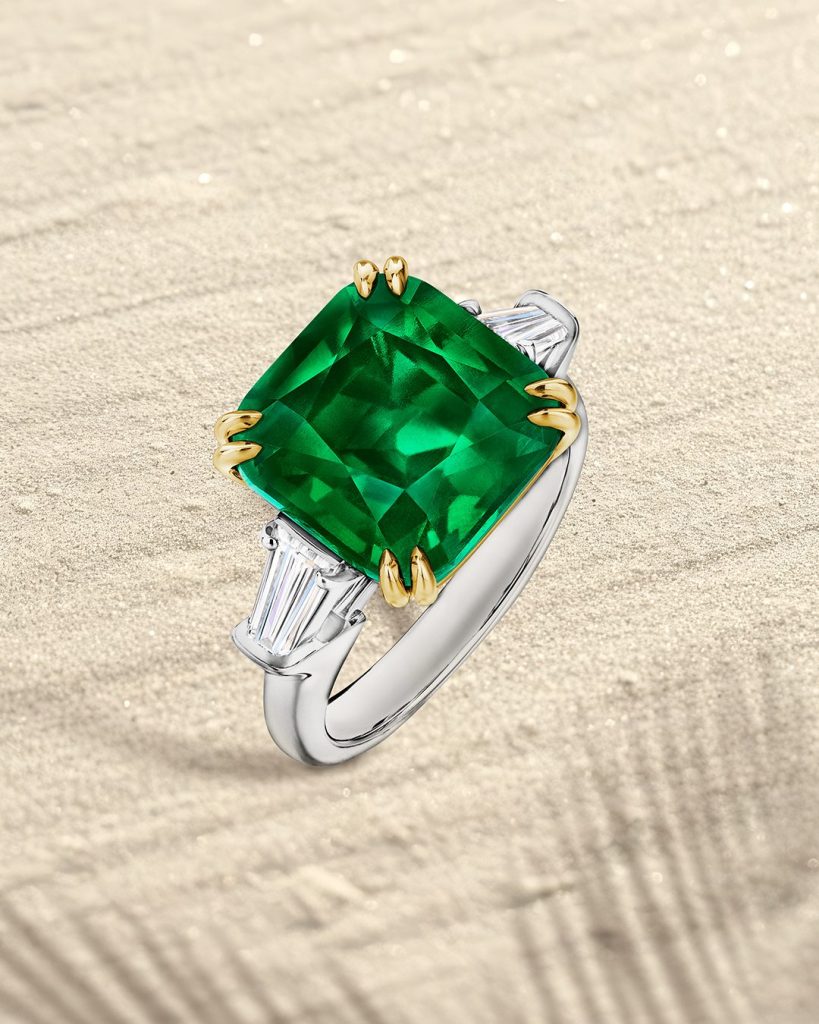
Remember Kate Middleton’s sapphire? Or Jackie Kennedy’s emerald and diamond combo? These choices were iconic precisely because they broke from tradition. Plus, colored stones often give you more bang for your buck—larger, more vibrant stones for the same price as a smaller diamond.
If your partner loves color or has a non-traditional streak, non-diamond engagement rings are a fabulous way to go. That’s why, when exploring how to choose an engagement ring, it’s worth keeping an open mind.
Step Five: Choose the Right Setting
The diamond (or gem) is only half the story. The setting—the metal framework holding it—is what gives the ring its personality.
Some popular choices:
- Solitaire: A single stone, simple and classic.
- Halo: A central stone surrounded by smaller diamonds.
- Three-stone: Symbolizing past, present, and future.
- Vintage-inspired: Milgrain edges, filigree details, and Art Deco flair.
- Modern minimalist: Sleek bands, bezel settings, and clean lines.
Settings can transform not only the look of the ring but also how it feels to wear. When people ask me how to choose an engagement ring that feels right, I always remind them: the setting is where design meets lifestyle.
Step Six: Don’t Forget About Lifestyle
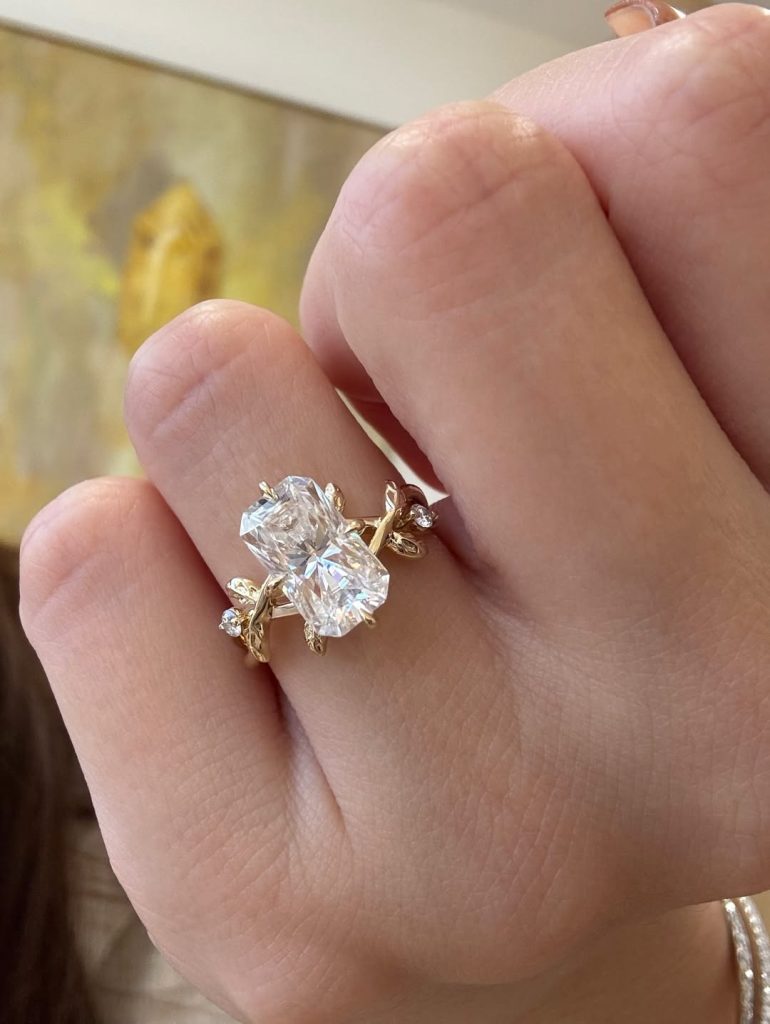
As gorgeous as a delicate high-set diamond might look in the store, think about how it will fare in real life. Is your partner someone who works with their hands, plays sports, or forgets to take off jewelry before gardening? Then a low-set bezel or sturdy band might be smarter. The goal is a ring that fits seamlessly into daily life, not one that spends more time in a jewelry box than on a hand.
Step Seven: Consider Ethical Sourcing
We live in a world where ethics matter more than ever. The diamond industry has worked to move past the dark history of conflict stones, but as a buyer, it’s worth asking questions. Many jewelers now offer lab-grown diamonds, which are chemically identical to natural ones and often more affordable.
Whether you go natural or lab-grown, make sourcing part of your process. More couples today ask how to choose an engagement ring that reflects not only their love but also their values.
Step Eight: Make It Personal
This is my favorite part: the details that make the ring uniquely yours. Engravings, hidden gemstones, or even custom designs tell your story. These touches turn a ring from beautiful to unforgettable.
One of the most touching rings I ever saw had a tiny ruby set beneath the diamond, invisible unless you knew to look. It was the bride’s birthstone, chosen by her fiancé to keep her “heart close to the diamond.” That’s the kind of magic no grading report can capture.
Step Nine: Shop Smart
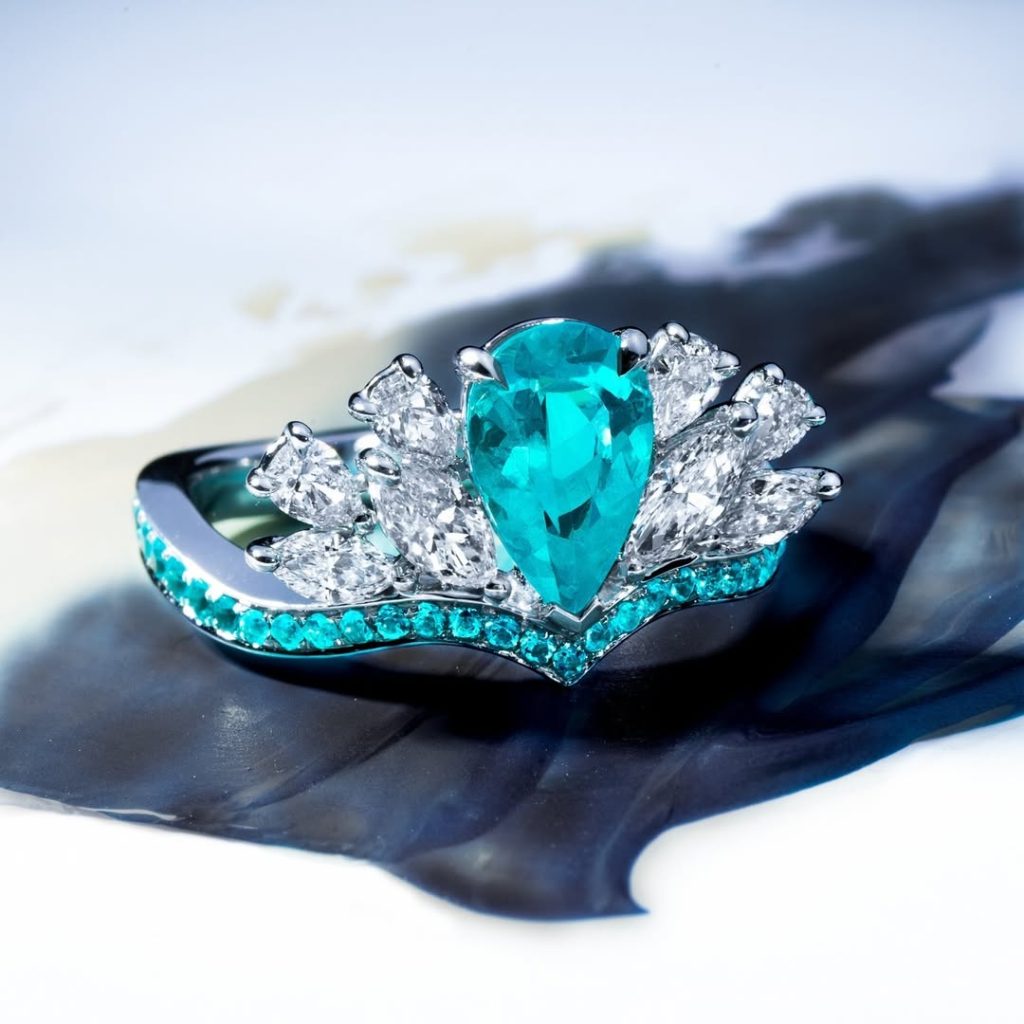
Where to buy? Traditional jewelers offer service and expertise, while online retailers often give better prices and variety. The smart move is usually a mix: research online, then see stones in person.
Always check for certifications and return policies. If a jeweler pressures you, walk away. Knowing how to choose an engagement ring also means knowing how to choose the right jeweler.
Step Ten: Trust Your Instincts
At the end of the day, the perfect engagement ring is the one that makes your heart skip a beat. Numbers and charts can only take you so far. Slip the ring onto your finger (or imagine it on your partner’s) and ask yourself: Does it feel right?
I’ve seen people pass over technically “perfect” diamonds for stones with quirks that simply spoke to them. That’s the beauty of it. Love isn’t perfect, and neither are diamonds. But when it’s right, you’ll know.
Final Thoughts
Choosing an engagement ring is a once-in-a-lifetime adventure. Along the way, you’ll discover not only the world of gemstones and craftsmanship but also the joy of turning love into something tangible.
So when you wonder how to choose an engagement ring, remember: it’s part science, part art, and part heart. Learn the rules, but don’t be afraid to follow your instincts. Because at the end of the day, the perfect ring isn’t the one that scores highest on paper—it’s the one that feels like forever.
Featured image: Graff

Amanda Akalonu is dedicated to weaving together the worlds of jewelry, watches, and objects through a lens of literary storytelling.

